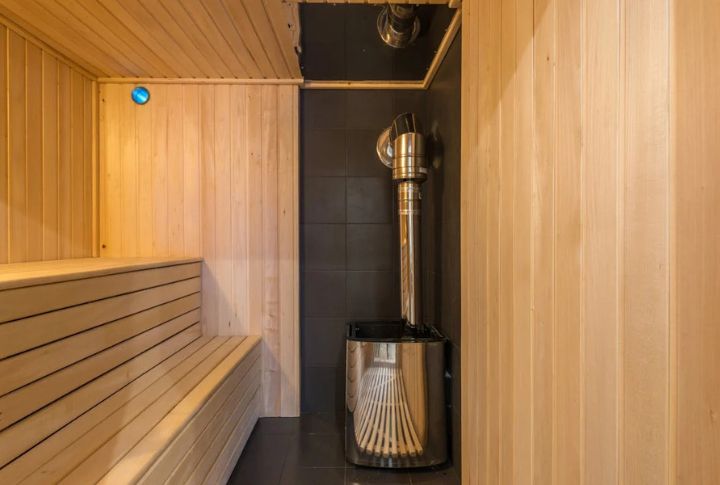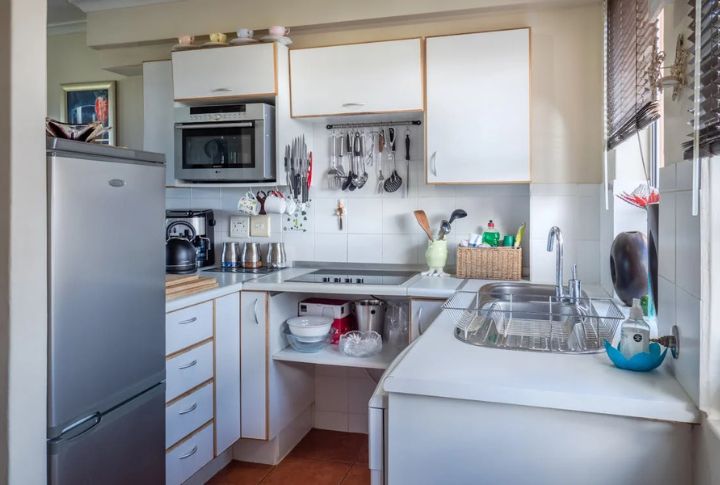
Winter’s chill doesn’t have to mean high heating bills. Keeping your home cozy while saving money is simpler than you might think. Even minor adjustments and smart upgrades can help fend off the cold and save on heating bills. Here are 15 smart solutions for staying warm without overspending this season.
Block the Drafts

Unnoticed gaps in windows or doors can let warm air escape and raise your heating bill. Sealing these areas with weatherstripping or a door sweep can reduce drafts significantly. A quick fix is as simple as rolling a towel and placing it at the bottom of the door to keep cold air out.
Adjust the Thermostat

A slight reduction in the thermostat can conserve energy while keeping the home warm. Consider setting it to 68°F during the day and dropping it further when asleep or out. Smart thermostats can automatically adjust based on your schedule and cut heating costs effortlessly.
Reverse Ceiling Fans

Spinning your ceiling fans clockwise in the winter moves warm air from the ceiling down into the room. Keep it at a low speed to avoid creating drafts or unnecessary noise. This simple trick can distribute heat more effectively and ensure your space stays warmer without changing the thermostat.
Layer Up Indoors

Warm blankets and cozy sweaters can keep you comfortable without turning up the room temperature. Instead of heating the entire house, you can add layers to your wardrobe and use thicker bedding to create your own personal “thermal layer” that traps heat close to your body.
Use Heavy Curtains

Thick, insulated curtains can block cold drafts from windows and keep warm air inside. Keeping them closed at night or on frigid days helps keep heat in your home. During the day, opening curtains lets sunlight naturally warm your rooms, reducing the need for additional heating.
Seal Unused Rooms

Closing off rooms that aren’t in use can reduce the amount of space your heating system needs to warm. Shut the doors to these areas and turn off any vents inside them. This small change allows more heat to circulate where needed most and saves energy.
Schedule HVAC Maintenance

Regular furnace checkups keep your heating system running smoothly. Ensuring a professional tune-up can identify and correct problems to optimize efficiency. By changing the air filter and cleaning the ducts, you can maintain proper airflow and stop your furnace from exerting more effort than required.
Mount a Programmable Thermostat

With programmable thermostats, you can adjust temperatures for different times during the day. Lowering the heat when no one is home or when everyone is sleeping can reduce energy usage. Many models can be controlled remotely, so you can adjust the temperature even when you’re not home.
Humidify Your Home

Adding moisture to the air helps your home feel warmer, which is why a humidifier can make a big difference on colder days. Humidity also helps protect wood floors and furniture from drying out during the winter, reducing your need to crank up the heat.
Install Insulated Windows

If old windows are causing heat loss, upgrading to double-glazed or insulated windows can help. These windows are built to keep warm air inside, easing the workload on your heating system. Though the upfront cost may be higher, the long-term reduction in heating expenses can be significant.
Invest in Space Heaters

Another efficient solution is using a space heater for smaller rooms or short-term warmth rather than heating the entire house. These portable devices can warm the space you’re using without overworking the central heating system. Just be sure to use them safely and turn them off when not in use.
Use a Fireplace Wisely

A wood-burning fireplace can insulate a room, but leaving the damper open after the fire goes out can cause warm air to escape. After your fire burns down, shut the damper to save heat. Adding a fireplace insert might also improve efficiency and reduce heat loss.
Apply Window Film

Window insulation film is an easy and affordable way to reduce heat loss through windows. It creates an extra barrier, trapping warm air inside while keeping the cold out. This temporary solution is helpful for older windows and can be easily applied and removed seasonally.
Set Up Radiator Reflectors

With the help of reflective panels behind radiators, you can redirect heat back into the room instead of letting it escape through the walls. These inexpensive reflectors ensure the heat is used efficiently and help your home stay warmer without requiring major changes to your setup.
Optimize Appliance Usage

Running appliances that produce heat, like the washer, dryer, or dishwasher, during the evening can add warmth to your home without extra heating costs. The residual heat helps cozy up your space, especially on chilly nights. It’s a clever way to make your household chores work double duty in winter.

